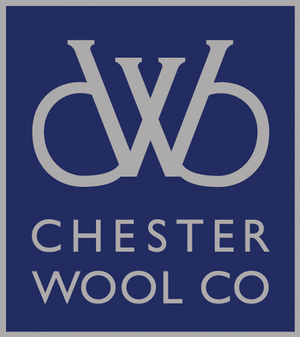I thought a refresher of the uses of our special fabric was due. The fabric doesn’t exist anywhere else, it’s exclusive to us and it has so many uses. Its versatility means its an essential in your craft stash.
The fabric is 100% superwash merino, (21.5 microns) with an even weave, it’s made specifically for dyeing and crafting. It’s a medium to heavy-weight fabric. Each Meter (100cm x 140cm) weighs approximately 340gms. It sucks up dye like a dream, and that’s where we will start.
Superwash Fabric undyed.
We recommend Acid dyes for this fabric. As the fabric soaks up dye very quickly, we suggest soaking the fabric first and then removing as much water as possible so that the fabric is damp but not saturated by water, then apply your dye or prints.
We have a blog post on how we dyed the fabric with Shibori Here. I used this fabric to make all sorts including some oven gloves which worked SO well, the wool protects against the heat, on this particular project instead of using batting, I used superwash fiber sandwiched in between. I quilted onto the fabric to add some structire and bind the layers together, this worked really well, I also cut thinner strips for the bias binding on the edging.
Shibori dyed oven gloves
Machine-stitching on this fabric works really nicely for quilting and for applique, the picture below shows the effect of quilting and then the one below where I appliqued a piece.
Machine stitched and Quilted
Appliqued Peice onto cotton.
The even weave also works really nicely for Sashiko Embroidery:
To be honest, any embroidery works well on this fabric, we have more on embroidery using our yarns on our fabric here.
I also wondered how it would work for Wholepunching, so far I’ve only experimented with Chunky yarns, PLUS you can dye the background whatever colours you like making the possibilities endless.
A few tips to consider when using this fabric.
As mentioned above this fabric sucks up dye really quickly so can become oversaturated, by soaking it first and then removing excess water works really well before you start, just like you generally would with yarn.
Because the fibers can swell when dyeing and move apart, I recommend dyeing pieces and then cutting out smaller shapes once the fabric is dry, as fraying can happen on very thin strips.
Again because of the fraying it works well to secure the fabric with either a line of stitching around the edges or using fray stop which we also sell. Either work really well, this is more useful if you have lots of pieces hanging around for a while or are being heavily manipulated. I didn’t use any on the applique and it was great. I recommend especially with small or thin pieces to dye the fabric first and then cut them after the fabric is dry.
The fabric can stretch a little during sewing, so just factor this in when you are working on your project if necessary, I used iron-on backing for one or two projects where I didn’t want the fabric pieces to move.
Finally, dry the fabric flat, removing as many wrinkles as you can, you can use a hot steam iron on this fabric once it’s dry with no issues.






